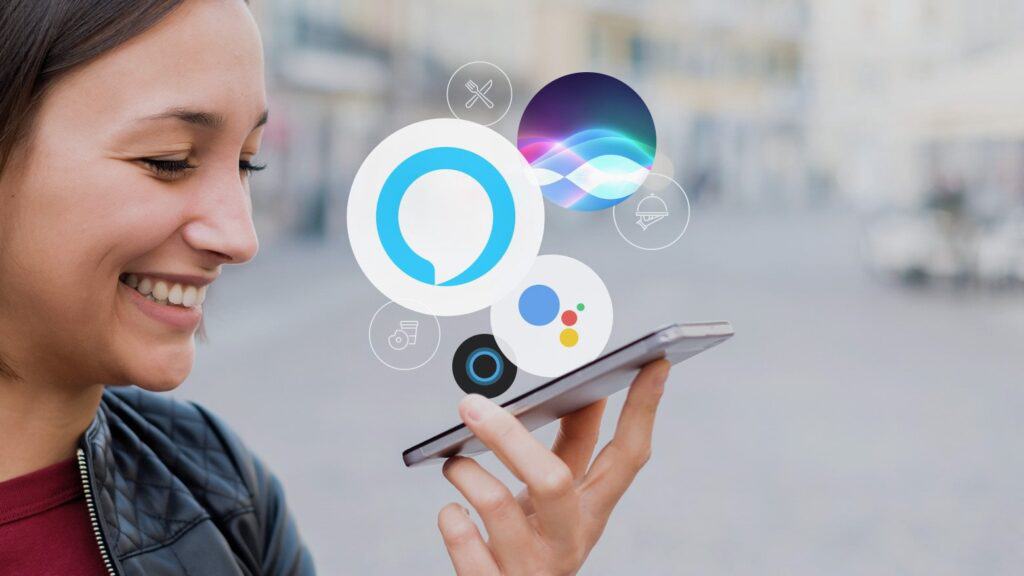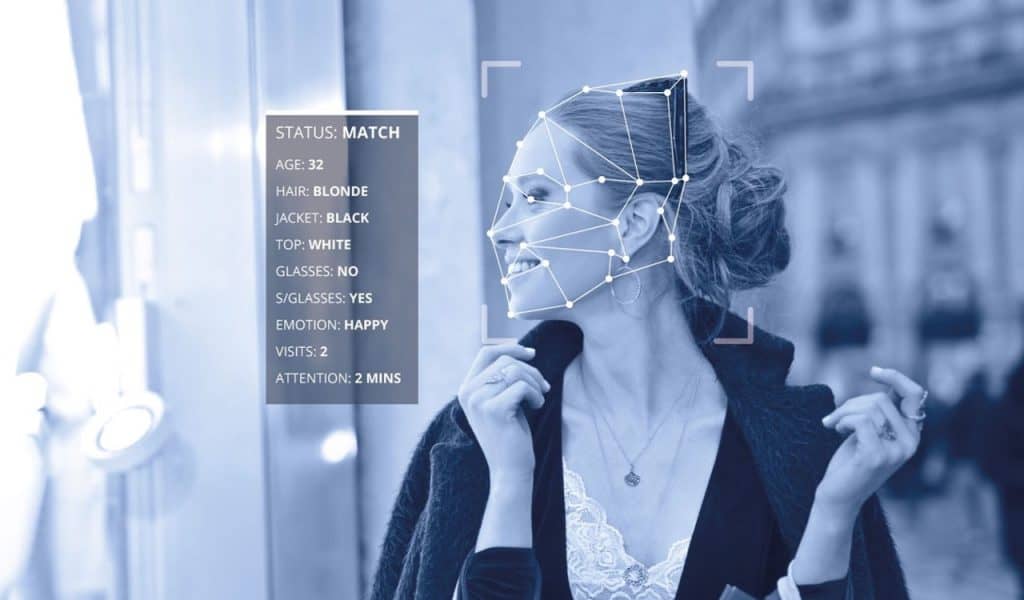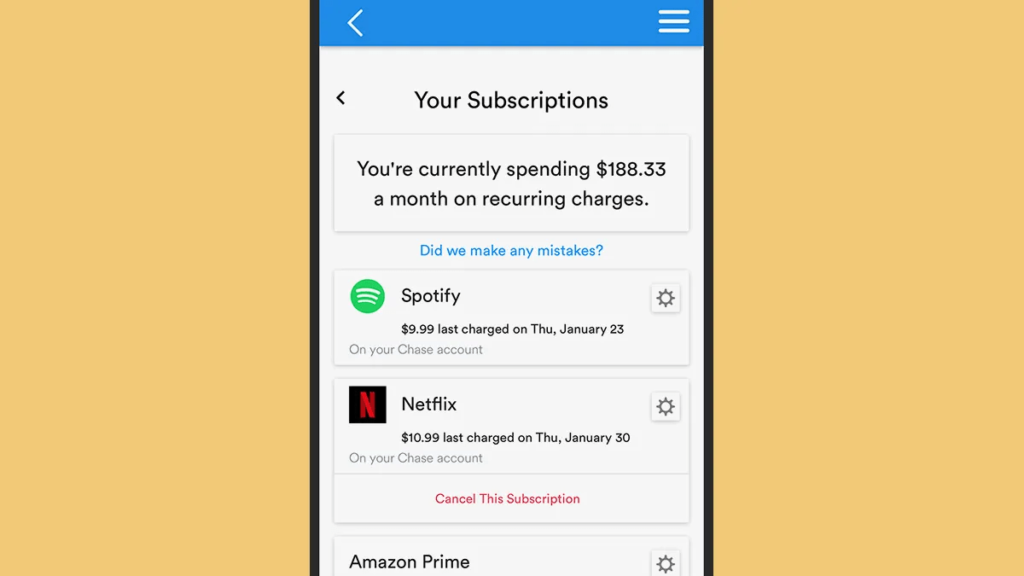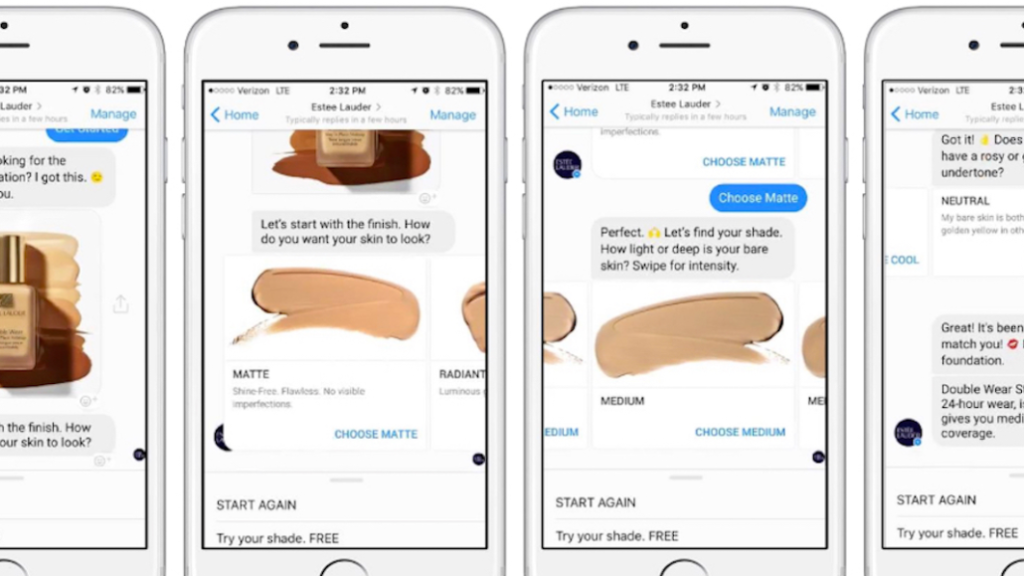Top 12 Ecommerce Trends: The Future of Online Shopping
Online shopping has radically disrupted retail, empowering customers with more choice and convenience than ever before. As technology advances and consumer behaviours evolve, ecommerce continues to transform remarkably. Exciting new trends promise to reshape how we discover, evaluate and buy products through online stores and marketplaces.
In this comprehensive guide, we analyse the critical ecommerce trends set to define the future of online shopping.
Table of Contents
Mobile Dominates Customer Journeys

M-commerce now accounts for nearly 75% of online sales and is growing at 30% annually. Smartphones have become central to the customer journey, driving discovery, research, purchases and engagement.
Key Stats
- Global M-commerce sales hit $2.23 trillion in 2023
- Sessions from mobile devices were 56% of total ecommerce traffic in Q4 2023
- Conversion rates are 2-3x higher on smartphones vs desktops.
With mobile dominating usage, brands need optimised sites and apps to provide effortless user experiences. Progressively, web apps (PWAs) also simplify mobile shopping without requiring customers to install a native app.
As screen sizes shrink, minimalism and personalisation are vital to curating relevant content. Mobile checkout and payments must also be streamlined with user-friendly inputs.
Social Commerce Takes Off
Social networks have unlocked a content-commerce synergy, seamlessly connecting discovery and transactions. As social platforms enhance shopping capabilities, social commerce gains momentum.
Key Stats
- 72% of people purchased after seeing a product on social media
- social commerce sales will reach $1.2 trillion by 2025
- 45% of online consumers use Instagram to discover new products
Influencers drive engagement through relatable, lifestyle-focused content. Meanwhile, user-generated content like reviews, unboxing videos and hauls offer authentic peer affirmation.
Shoppable posts enable instant checkout after product discovery. Platforms also facilitate mobile transactions through integrated payments, carts and loyalty programs.
Voice Commerce Finds Its Voice

Smart speakers have brought conversational commerce into our living rooms. As natural language processing improves, transacting through voice commands becomes frictionless.
Key Stats
- 55% of US smart speaker owners have purchased voice commands
- voice commerce sales hit $30 billion globally in 2021
- food orders account for over 40% of voice purchases
Beyond convenience, voice input enhances accessibility for the elderly, disabled or occupied. Still, screenless interfaces restrict product discovery, while privacy concerns around always-listening devices persist.
Hybrid models meld voice-initiated queries with visual product evaluation before confirming purchases on-screen. As smart displays proliferate and assistants grow more intelligent, voice will cement its place in the shopping journey.
Augmented Reality (AR) Transforms Experiences
AR overlays digital elements in the real world, revolutionising product visualisation and evaluation. From virtual try-ons to lifesize viewing, simulated testing builds confidence and trust.
Key Examples
- IKEA Place lets customers preview 3D furniture models at home
- L'Oreal's Style My Hair allows virtual hair colour experimentation
- Gucci sneakers come with AR animations that play while worn
With Apple and Google offering AR development kits, capabilities will advance rapidly. Hologram models will eventually enable inspection from all angles, replacing traditional photography.
Besides ultra-convenient evaluation, AR provides endless potential for brands to overlay interactive and gamified shopping quests.
Artificial Intelligence (AI) Gets Smarter

AI personalises experiences via tailored recommendations, search results and promotions by leveraging big data and predictive algorithms.
Key Examples
- Shopify repurposes browsing history into curated product suggestions
- Target's shopping cart algorithmically proposes complimentary items
- Netflix dynamically surfaces relevant titles and episodes catered to your taste
Chatbots also utilise natural language processing to deliver conversational customer service, while machine learning continues to improve their capabilities.
Additionally, generative AI can create vast volumes of unique, human-quality product descriptions, lowering content production costs.
As algorithms grow more advanced, AI will keep enhancing personalisation and automation across the ecommerce journey.
Crypto Comes to Commerce
Cryptocurrencies like Bitcoin and Ethereum are entering mainstream commerce, bringing greater payment flexibility. Decentralised networks enable direct peer-to-peer transactions without intermediaries.
Key Stats
- Global crypto user base crossed 350 million in 2021
- $15 billion worth of crypto spent on merchant services in 2021
- 26% of US small businesses accept some form of crypto payment
Improved scalability and lower processing fees make crypto payments viable for everyday transactions. Large platforms like PayPal, Visa and Mastercard now facilitate crypto commerce.
Smart contracts on blockchain networks even allow programmatic escrow without intermediaries, increasing trust and transparency.
While still early, crypto adoption brings commerce to the web3 era of decentralisation and financial inclusion.
Experiential Retail Expands Online

Physical flagships offer carefully curated environments that enable sensory product exploration unavailable through ecommerce. Brands now seek to emulate brick-and-mortar magic within digital realms.
Key Examples
- Sephora's virtual store mirrors an IRL location with free beauty classes
- Gucci created a persistent metaverse space for limited NFT launches and events
- Product demos on YouTube and TikTok showcase usage in real-world settings
Livestreaming also connects audiences to authentic brand experiences and influencer narrations. Viewers can purchase featured items through integrated checkout.
While lacking physical immersion, experiential digital retail brings convenience and scale to engaging shopping atmospheres.
Eco-Consciousness Shapes Preferences
Younger, increasingly sustainability-focused consumers seek eco-friendly businesses that align with their values: brand authenticity and ethical sourcing influence purchase decisions.
Key Examples
- ThredUp built a $2B used clothing business catering to thrift-conscious youth
- Patagonia's repaired/reused initiative resonates with anti-waste sentiments
- 64% of millennials would pay more for sustainably produced goods
Consumers also prefer durability, extended warranties and repairability over stagnantly refreshed device cycles.
Sustainable packaging, supply chains, and manufacturing are now imperative to building loyalty with conscientious customers, especially Gen Z.
Subscription Models Surge

Subscriptions that deliver products monthly offer unlimited access over one-time purchases. This drives recurring revenue and guaranteed base sales for businesses.
Key Stats
- 20% of online consumers use one or more product subscription
- the average retention rate for successful subscription brands exceeds 80%
- global subscription ecommerce sales will reach $478B in 2025
Curation algorithms help tailor recurring packages to individual preferences over time.
Subscriptions also enable new consumption models that are impossible with personal purchases, like fashion rental services or monthly sampling programs.
As ownership models evolve, subscriptions make recurring costs more palatable to cash-strapped generations through micropayments.
Live Video Shopping Takes Spotlight
Video commerce simulates interactive, in-store consultations online, accelerating discovery and consideration. Viewers engage with real-time demos, influencer tips and personalised advice.
Key Examples
- ShopShops live streams showcase products with influencer hosts
- NTWRK app broadcasts exclusive sneaker drops with celebrity guests and hosts
One-click checkout is embedded directly into video players and streams. Limited scarcity tactics also generate urgency among engaged viewers.
By converging entertainment with transactions, video shopping immerses users while tangible shopping value builds. Ad-free streams and exclusive access further attract audiences.
Live video transforms passive spectators into active shoppers through participative engagement.
Messaging Channels Become Storefronts

Conversational interfaces like chatbots and messaging optimise customer support post-purchase and increasingly during shopping.
Key Examples
- Estée Lauder's messenger bot helps match foundation shades.
- Sephora's Facebook Messenger suggests products based on skin types and needs
- Burberry lets WeChat followers book styling appointments and browse exclusive content
Payment integrations are beginning to convert messaging conversations into seamless checkout experiences. Discovery remains more accessible on visual interfaces, so messenger commerce succeeds more for considered purchases with personalised advice.
As conversational AI advances, messaging promises more convenient transactions integrated within platforms customers use daily.
Direct-to-Consumer Brands Thrive
Digitally native vertical brands (DNVBs) use online channels to own end-to-end customer experiences. Unconstrained by retailers, DNVBs offer differentiated positioning through premium quality and branding.
Key Examples
- Casper mattresses quickly dominated with $100M+ online sales
- Glossier's creative, social-first beauty products cultivate loyal followers
- Allbirds sustainable sneakers expanded globally through viral word-of-mouth
Owning customer data also enables superior personalisation and lifetime value. Vertically integrated supply chains boost speed and margins over wholesale channels.
Lower distribution costs further help DNVBs compete at premium prices while improving value perceptions. Specialised products and memorable digital branding captivate Millennial and Gen Z consumers, fueling DNVB's ascent.
Conclusion
Ecommerce innovation continues accelerating, granting customers unlimited access, choice and convenience. Mobile platforms enable on-demand shopping anywhere, while new interfaces expand evaluative capabilities.
Immersive technologies transport products into lifelike augmented or virtual settings, building trust and affinity. Artificial intelligence offers predictive support across stages, from discovery to purchase and retention.
Sustainability increases loyalty among purpose-driven younger generations, while creative subscription models unlock new recurring revenue opportunities. Transactional social platforms and conversational interfaces simplify payments within frequently used apps.
Direct customer ownership helps digitally native brands deliver differentiated positioning using premium quality and memorable branding tailored to online channels.
Across today's ecommerce landscape, the converging trends of mobile adoption, experiential interfaces and platform ecosystems provide endless opportunities for merchants to build sticky customer relationships. Diverse business models, niche positioning and community evangelism further drive breakout potential.
Brands must continue optimising across channels and devices while integrating emerging tech like AI and AR to offer effortless, engaging shopping journeys with maximised convenience.
Those strategically leveraging these key trends will define the future of digital commerce.
eCommerce Trends FAQs
What is driving growth in ecommerce sales?
Ecommerce sales are increasing thanks to the proliferation of mobile devices, convenience-focused consumer behaviours, advances in immersive and assistive shopping technologies like AI/AR, and diverse emerging models from social to conversational to subscription commerce.
Which key platforms dominate ecommerce discovery?
Leading discovery platforms include prominent social networks like Instagram and TikTok optimised for shoppable video content, intelligent marketplace recommenders like Amazon and Shopify, voice-first smart speakers/displays and experiential interfaces leveraging AR for enhanced visualisation.
What is conversational commerce?
Conversational commerce facilitates online transactions through natural dialogues with chatbots over messengers or voice assistants. It aims to simplify shopping through intuitive AI-powered interfaces on platforms customers already use daily.
How are payment platforms expanding ecommerce capabilities?
Integrated payment providers like PayPal, Apple Pay and Shop Pay are building enhanced capabilities for easier checkout, flexible payments and improved trust through purchase protection. Cryptocurrency networks also facilitate direct commerce between peers without intermediary fees or risks.
Why are direct-to-consumer online brands gaining popularity?
By owning the entire end-to-end customer journey, DNVBs offer differentiated branding, quality, and experiences unmatched by retail distributors – building loyal followings, especially among the younger generation. Their agility and customer ownership fuel innovation and lifetime engagement through personalisation.
